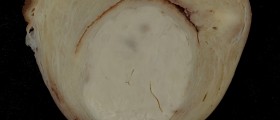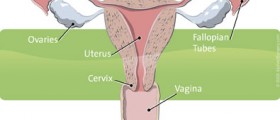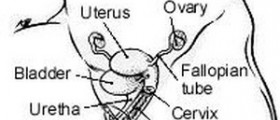
Unfortunately, some physicians are reluctant to perform a myomectomy, because the procedure carries certain risks or benefits, it is important to discuss it with a medical professional. Myomectomy and removal of uterine fibroids, involves the removal of the structures through an incision in the abdomen. Usually, a surgeon will make a horizontal or bikini incision; even for larger fibroids this is sufficient. There is no limit to the size or number of fibroids that can be removed in this manner and the procedure is most commonly performed in a hospital and a woman usually goes home within 48 hours. There is not much blood loss during a myomectomy due to using a laser which seals the blood vessels and reduces bleeding.
It is important to find a surgeon that is experienced in performing a myomectomy in order to get the best treatment and yield the desired outcome. The ability to feel into the uterus during a myomectomy allows a surgeon to find fibroids located deeply inside the uterus. Being able to palpate the uterus more efficiently ensures that a surgeon can find and repair the areas in which a fibroid has been removed as well. The disadvantage of a myomectomy is that an incision is required, so recovery may be a bit longer if an incision were not used. Fibroids that are located on the inside of the uterus may be able to be removed by resectoscope which does not require an incision.
Sometimes internal fibroids can also be removed using laparoscope which is done with a series of small incisions and can in some cases be less invasive than a myomectomy. Myomectomy and removal of uterine fibroids may be necessary in extreme cases of discomfort or heavy bleeding. The procedure does not require a long recovery period and can help a woman avoid having more invasive treatment like a hysterectomy. By consulting with a physician a woman can possibly avoid more serious complications and preserve her ability to become pregnant and have a baby at some point in the future.
















Your thoughts on this
Loading...